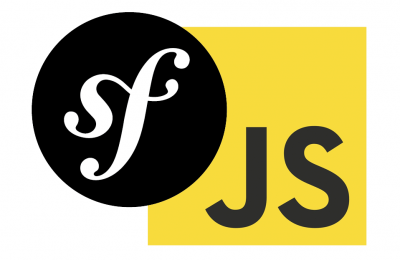Overview for
javascript
Most developers I know should be classified with the trendy word polyglot. Polyglot means a person that speaks multiple languages, where as for developers they're programming languages. Even if you consider yourself as a PHP developer, you're likely more diverse.
Programming languages rise and fall in relevance, so your skillset and routine varies over time - depending on trends as well as the line of work you're in. Let's take a practical look at why you might find TypeScript a worthy language to use in 2017 and beyond.
Written by Jani Tarvainen on Sunday February 5, 2017
Permalink -
Tags:
php, typescript, javascript
Front end development has certainly grown up in the last few years. UI logic is increasingly being moved to the client side, but the traditional server-rendered views aren't going anywhere soon. And they shouldn't.
The two methods will live alongside each other and you'll have to work with two worlds. Let's explore an idea how to make this pleasant to work with, by sharing state between Twig templates and JavaScript.
Software Patents and Open Source are like oil and water. They just don't mix easily. One of the recent cases where the pair has been discussed is the BSD + Patent Clause licensing that Facebook uses for React.js and other Open Source software it has released.
The year 2015 was pretty tiring in the JavaScript world. This was widely acknowledged and read to JavaScript Fatigue being “a thing" and there were memes on how hard it was to make a hello world in JavaScript.
I also chimed in about not learning any JavaScript, just because learning modern PHP seemed like more stable investment for my time.
Written by Jani Tarvainen on Sunday July 3, 2016
Permalink -
Tag:
javascript
JSON Web Tokens are a relatively new method for authentication. JWT for short is an open standard for passing claims between parties in web application environments. Instead of relying on a cookie, applications can rely on passing forward JSON Web Tokens.
Written by Jani Tarvainen on Monday June 13, 2016
Permalink -
Tags:
symfony, jwt, javascript
Many web applications are essentially a CRUD interface. This stands for simply Create, Read, Update and Delete. This is often the backbone of applications of all sorts ranging from content management systems to custom web applications like travel sites.


